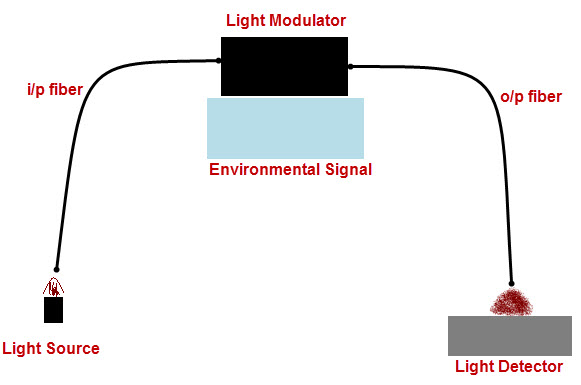Fiber Optic Sensors: Innovations, Applications, and Future Trends

About Course
Fiber optic sensors are transforming the way we monitor, measure, and interact with the physical world. From detecting minute changes in structural health to enabling smart cities and biomedical diagnostics, this course takes you into the fascinating world of light-based sensing technology. Designed to ignite curiosity, it explores how optical fibers can serve as ultra-sensitive, immune-to-interference sensors, outclassing traditional electronic alternatives in precision and reliability.
This course not only introduces the principles and mechanisms behind fiber optic sensors but also dives into their real-world applications across industries like aerospace, healthcare, oil and gas, and environmental monitoring. With rich case studies, emerging trends, and future-looking insights—such as integration with AI, 5G, and IoT—you’ll gain a comprehensive understanding of where fiber optic sensing stands today and where it’s headed tomorrow. Whether you’re a student, professional, or innovator, this course equips you with the knowledge to explore or implement this revolutionary technology.
Course Content
Introduction to Fiber Optic Sensors
Overview of fiber optic sensor technology
00:00Advantages and characteristics of fiber optic sensors
00:00Comparison with traditional sensing technologies
00:00